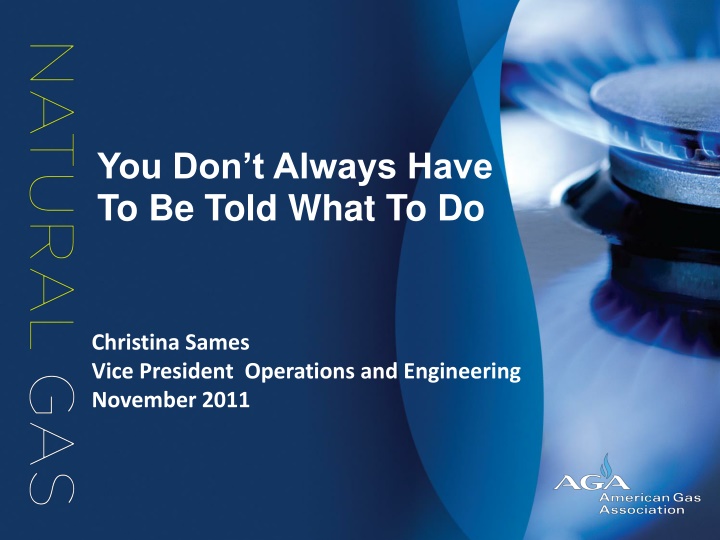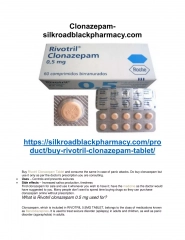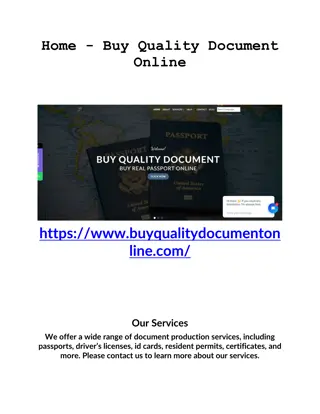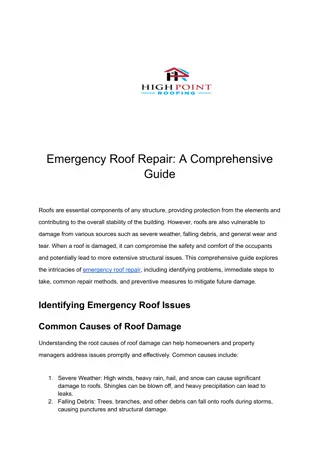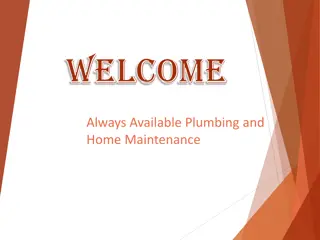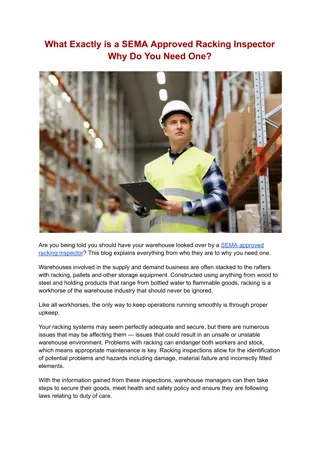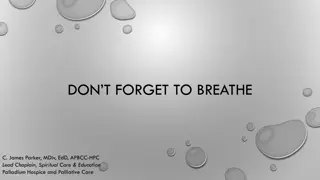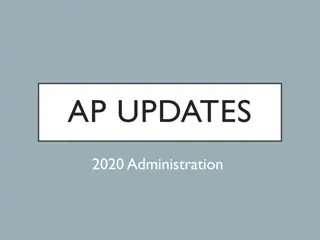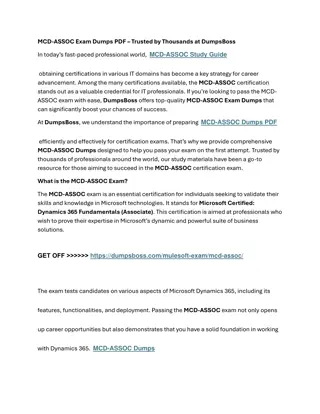You Don’t Always Have To Be Told What To Do
Natural gas, as the cleanest fossil fuel, plays a vital role in meeting the energy demands of the United States. The American Gas Association (AGA) represents over 200 local gas distribution companies fueling the lives of millions. Safety measures, such as legislative oversight and safety culture enhancement, are key components in delivering natural gas reliably and efficiently.
Download Presentation

Please find below an Image/Link to download the presentation.
The content on the website is provided AS IS for your information and personal use only. It may not be sold, licensed, or shared on other websites without obtaining consent from the author.If you encounter any issues during the download, it is possible that the publisher has removed the file from their server.
You are allowed to download the files provided on this website for personal or commercial use, subject to the condition that they are used lawfully. All files are the property of their respective owners.
The content on the website is provided AS IS for your information and personal use only. It may not be sold, licensed, or shared on other websites without obtaining consent from the author.
E N D
Presentation Transcript
You Dont Always Have To Be Told What To Do Christina Sames Vice President Operations and Engineering November 2011
Delivering natural gas that fuels America s way of life The American Gas Association (AGA), founded in 1918 Represents over 200 local natural gas distribution companies that cleanly fuel the way of life of 175 million Americans nationwide Members deliver 91% of the natural gas in the US 2
Meeting our Nations Energy Needs CLEAN: Natural gas is the cleanest fossil fuel that exists, and on an energy equivalent basis, emits 45 percent less CO2 than other fossil fuels. DOMESTIC: In 2010, 98 percent of the natural gas consumed in the United States was produced in North America. ABUNDANT: At current production rates, U.S. natural gas resources are estimated to be more than 2,000 trillion cubic feet (Tcf) enough to last 100 years. EFFICIENT: 92 percent of the natural gas produced is delivered to customers as usable energy. CREATES JOBS: Natural gas comprises almost one-fourth of all energy used in the U.S. and is directly linked to 3 million jobs and economic health. THE EXPECTATION IS SAFE DELIVERY 3
Pipeline Safety Oversight Legislative Prescriptive Pipeline Safety Act (PIPES) Reauthorized every four years DOT National oversight Federal standards: Baseline National Transportation Safety Board Investigates significant accidents Issues recommendations to DOT, states, industry, others States Adopt federal standards Add other requirements; state regs on the rise Public Want information and to be involved 4
AGAs Role to Enhance Safety Board of Directors Safety Committee Safety Culture Statement Commitment to Enhancing Safety Best Practices Program Plus: Conferences, workshops, publications & technical papers, and other actions
Commitment Starts at the Top Board Safety Implementation Task Group Board of Directors Safety Committee AGA Board Operations Managing Committee Policy Committee 6
AGA Board Safety Committee Focus Areas Employee Safety Gas Utility Contractor Safety Customer Safety in Home Pipeline Safety Recent Products Safety Culture Statement AGA s Commitment to Enhancing Safety Annual Executive Leadership Safety Summit (5 held to date) AGA Safety Information Resource Center Evergreen Safety Action Plan 7
AGA Safety Culture Statement The American Gas Association and its member companies are committed to promoting positive safety cultures among their employees. All employees, and others providing services to AGA members, are expected to place the highest priority on employee, customer, public and pipeline safety. A positive safety culture is one in which each organization collects and processes information on the current operating and safety status of our pipeline systems and uses that information to take all appropriate steps to maintain safe operations for the public that we serve - Excerpts from AGA s Safety Culture Statement 8
Commitment to Enhancing Safety Highlights AGA and its members commitment to the continued enhancement of pipeline safety Commits to Proactive collaboration to improve safety Supporting development of reasonable regulations Specific actions to help ensure the safe and reliable operation of the nation s 2.4 M miles of natural gas pipeline Recognizes the significant role state regulators play in supporting and funding these actions. 9
Specific Actions Expand OQ to new construction QA/QC procedures associated with construction ASV/RCVs and EFVs on new lines Advancing IMP programs and principles Developing guidelines for data management Processes/guidelines that enable tracking/traceability Support strong enforcement of 811 Improve engagement between operator & excavator ID/implement models to enhance safety knowledge exchange Evaluate & implement ways to improve communications on the presence of PLs Partner with emergency responders Increase awareness of PIPA Increasing investment and participation in R&D 10
Other Actions to Raise the Bar on Safety Smart modernization of infrastructure Determine a PL s fitness for service Action based on condition, not age, material or lack of coating Must take into account impact on customer Stay focused on current key initiatives to improve safety DIMP, TIMP, damage prevention, industry s voluntary initiates, public awareness, control room mgmt., etc Exchange/share best practices, lessons learned
AGA Operations Best Practices Program Identifies procedures of top-performing companies and innovative work practices that may be used to continuously evaluate and improve participants unique operating systems Three focus areas: Benchmarking Roundtables Questionnaires 12
Other Actions to Improve Safety Safety Information Sharing Study Joint project of the US and Canadian Pipeline Trade Associations (RCP contractor) Comprehensive study to explore initiatives currently utilized by other sectors in the economy, as well as the pipeline industry Hope to identify and implement a model that will measurably improve PL safety Study to be completed as early as 2/12 13
Other Actions to Improve Safety Publications to ensure consistency Fitness for Service (Distribution, Transmission) Automatic & Remote Control Shutoff Valves Excess Flow Valves beyond SFHs MAOP Records Plus many more 14
Challenges Vary Diversity of systems and local economies Older cities may require significant investment for modernizing the infrastructure Younger cities may have expanding population/tax base and relatively new infrastructure Commissions and operators must continue to provide customers with natural gas safely, reliably and cost effectively Must manage existing infrastructure and finance smart modernization
AGAs messages Support thoughtful legislation and regulation Diversity of systems and local economies Commissions and operators must continue to provide customers with natural gas safely, reliably and cost effectively Must manage existing infrastructure and finance smart modernization AGA is committed to working with other stakeholders to continue to enhance safety 16
QUESTIONS? Christina Sames Vice President, Operations and Engineering csames@aga.org
